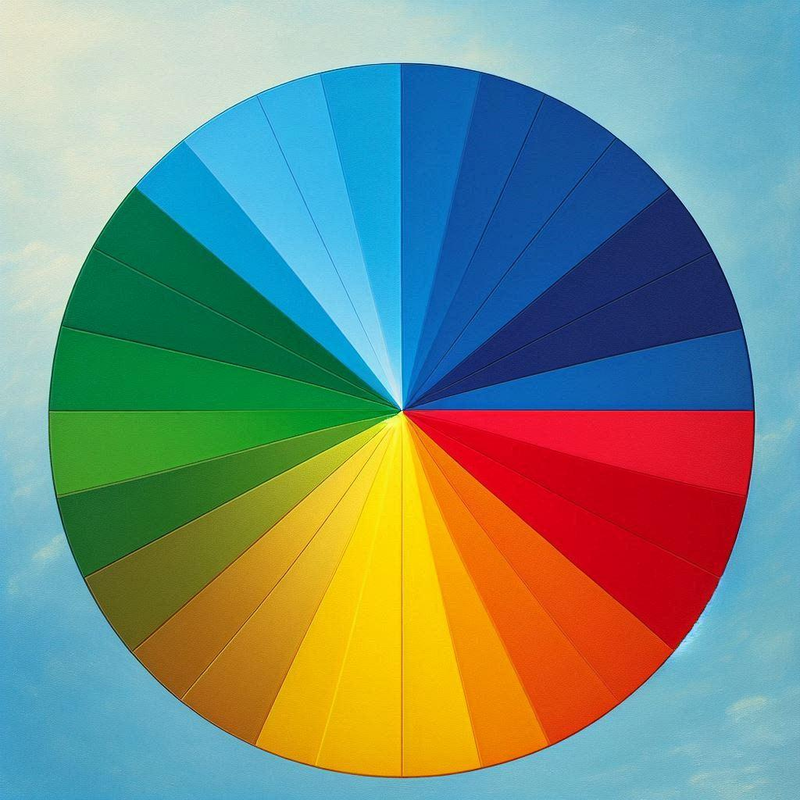

About the author
- Karolien Koolhof is a coach voor introverts and gifted individuals
- Author of the book Introvert Leadership
- Contact

In the world of personal development and coaching, you often come across personality tests such as DISC and Insights Discovery. These popular tools promise to provide insight into our behavioral styles and personality traits by placing us in a colorful box. But how valuable are these tests really? Let's take a critical look at both the benefits and the concerns associated with these color tests.
At first glance, these kinds of color models are attractive. They offer simple, accessible ways to better understand yourself and others. By using colors—red, yellow, green, and blue—complex personality traits are reduced to an understandable model. This simplicity makes it easy to quickly gain insight into how people function and communicate.
Moreover, these tests also have a social aspect. Discussing the results can bring team members closer together and contribute to better collaboration. It can help foster understanding and empathy, as people can better see why colleagues react in certain ways.
However, there is also a downside to this seemingly simple method. One of the biggest concerns is that these color tests promote box thinking. The danger lies in reducing people to one color or a combination of colors, which is a too simplistic representation of the complexity of human personality.
A poignant example of this is a client I once coached. She was told by her employer that she did not have leadership qualities because she was "blue." This simplistic approach can be harmful and limit people in their growth and development. It ignores the nuance and dynamics of personality and can lead to wrong conclusions and decisions.
Another criticism is the scientific reliability. In the scientific community, there is much debate about the validity and reliability of these tests. They often lack the robust psychometric foundation that, for example, the Big Five personality test has. The Big Five is based on extensive psychological research and provides a more detailed and reliable picture of personality.
While color tests can be useful starting points for self-reflection and team dynamics, it is important to approach them critically and not regard them as definitive judgments. We must be aware of the limitations and risks of box thinking. Personality is much more than a color on a chart.
By using a more nuanced and scientifically supported approach, such as the Big Five, you can help people reach their full potential without limiting them to simplistic categories.
What are your experiences with personality tests? Have they helped you or limited you?
